The Venturi 400 GT Trophy, produced in 1994, is one of 73 cars built to race specifications. Specifically, one of ten was later converted back for street use. After nearly 30 years since its inception, it was officially brought to auction in Europe.
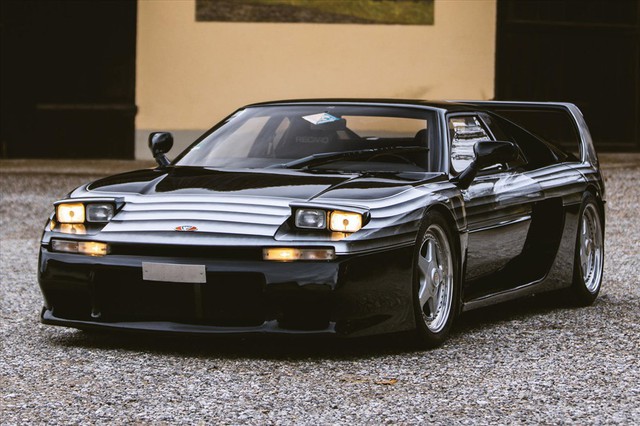
The Venturi 400 GT Trophy supercar was born in 1994.

The rear end and front of the car are considered a breakthrough in car design in the early 90s of the previous century.

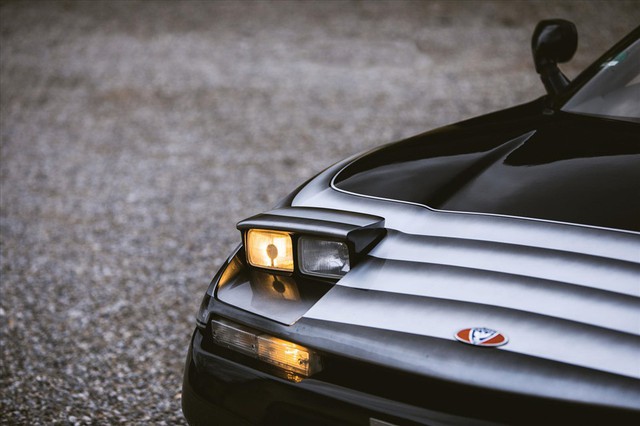
A close-up of the rear and front of the car.
Designed on the basis of the Venturi 160 series, the Venturi GT 400 Trophy uses a twin-turbo 3.0-liter engine producing 402 horsepower and 384 lb-ft of torque. This figure is higher than the famous Ferrari F355 of that time and also 500 pounds lighter.
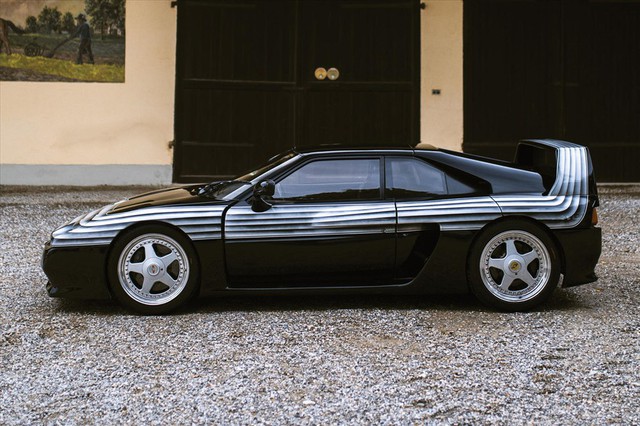
Overall, the car has a sleek and eye-catching design.
This Venturi GT 400 can reach 62 km/h in 4.7 seconds and reach a top speed of 181 km/h, with a first-ever carbon-ceramic braking system on the market to keep it under control. This is an extremely impressive specification for cars produced in the early 90s of the 20th century.
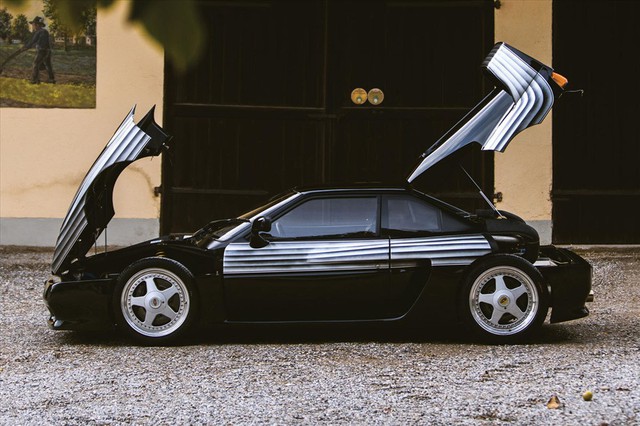

The engine is equipped inside the car.
The Venturi GT 400 has a design that is on par with the expensive McLaren P1 LM of the same generation, and the Trophy version is even more demanding. That is a comparison that Hervé Poulain, the sponsor of BMW’s famous art car program, made when he drew it with a unique stripe pattern for comparison with the rival with the same design.

If you are already familiar with the interiors of modern supercars, then when you look back at the interior of the Venturi 400 GT, perhaps many people will feel ‘disappointed’.
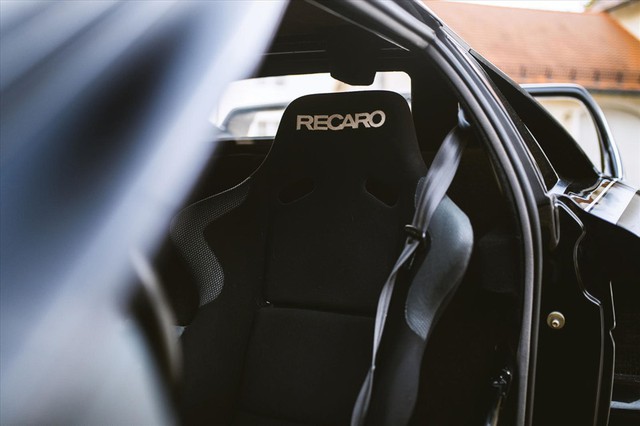
Seats and seatbelts…
The Venturi GT 400 Trophy has been well preserved for nearly 30 years. Last February, this unique car from the early 90s was auctioned in Europe, and a wealthy owner bought it to enrich his collection with an undisclosed price.










































